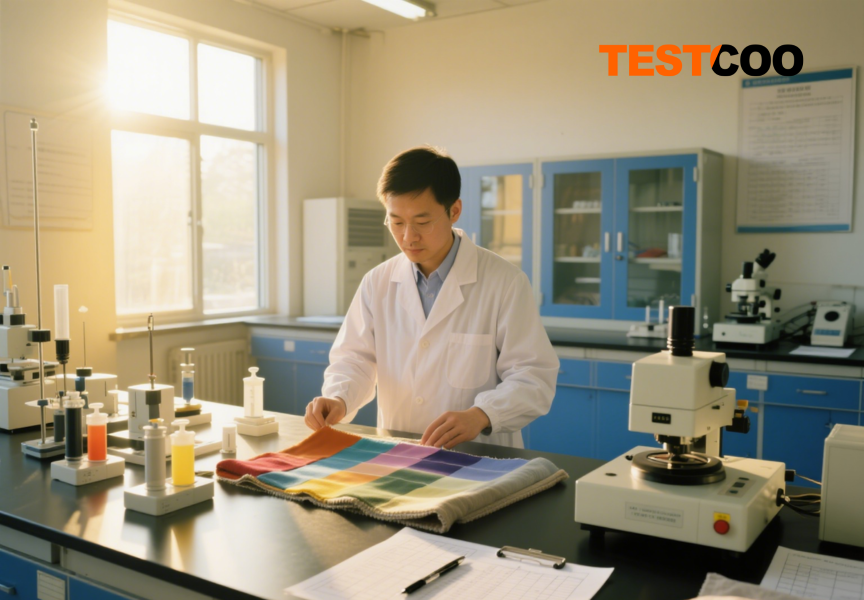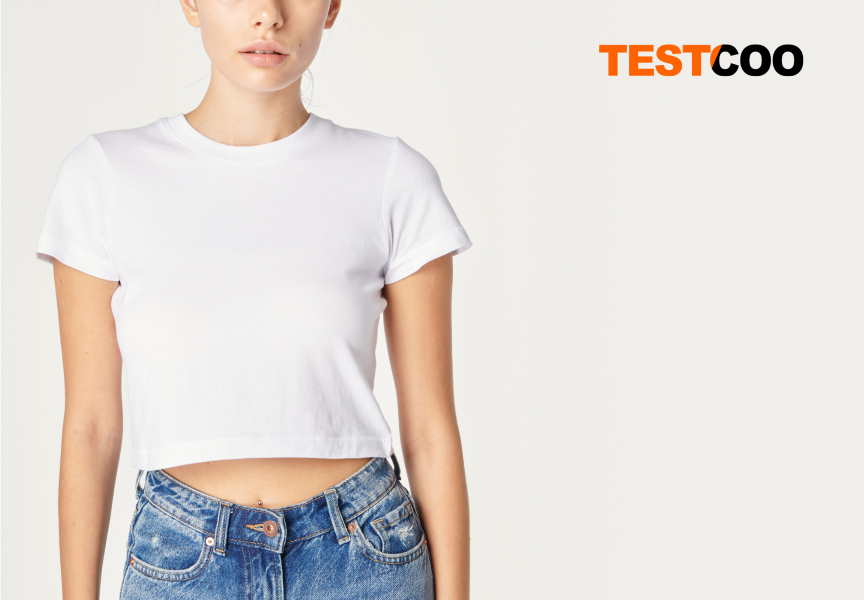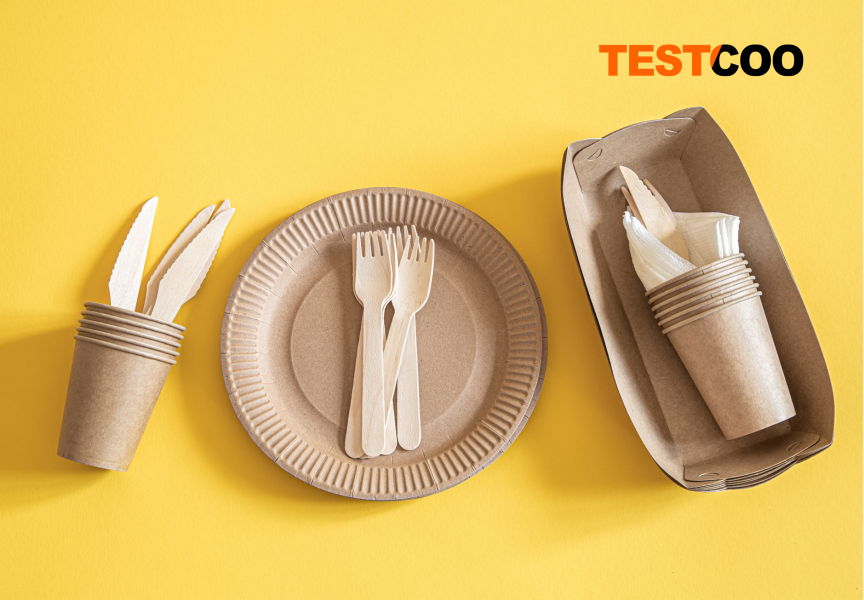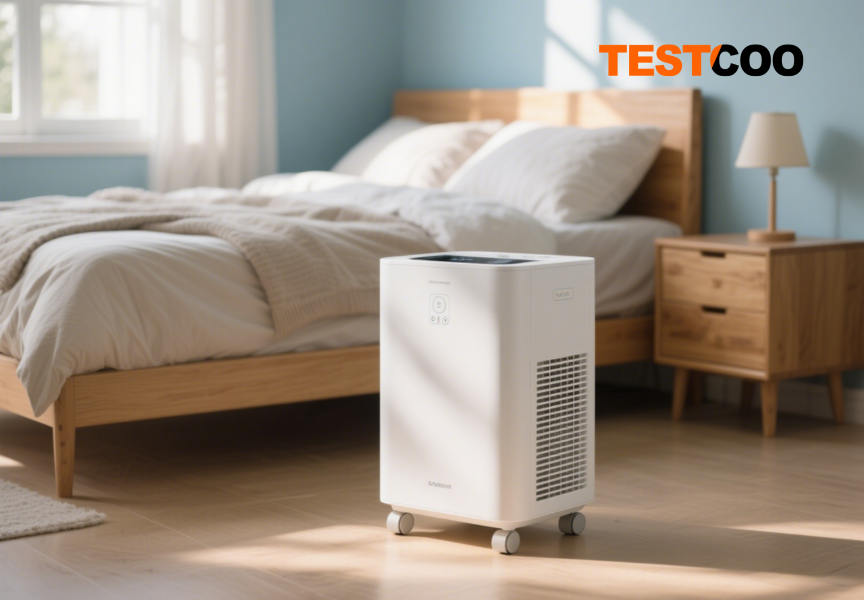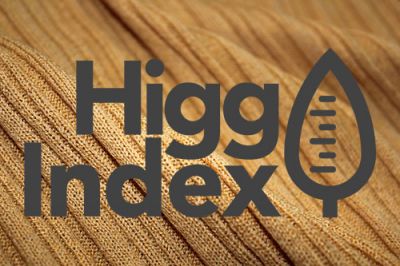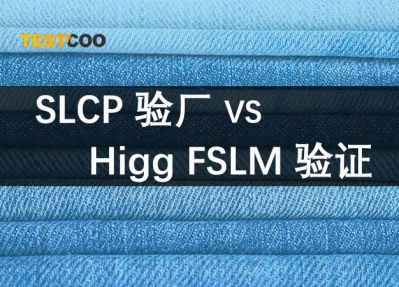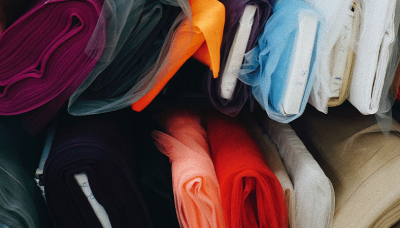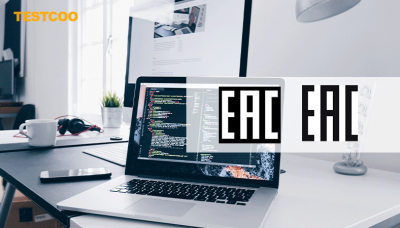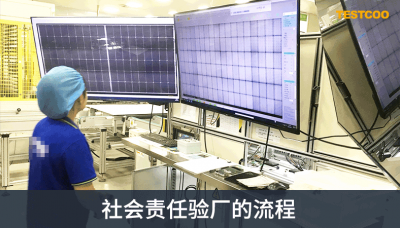面料正面怎么检验_面料检验设备怎么使用?
面料检验是纺织品验货里最常见的验货产品,一般用数字评分法来对面料的等级进行评判的方法,通常叫做四分制或十分制。 通常情况下采用四分制,十分制只有在有要求的情况下才会被采用。
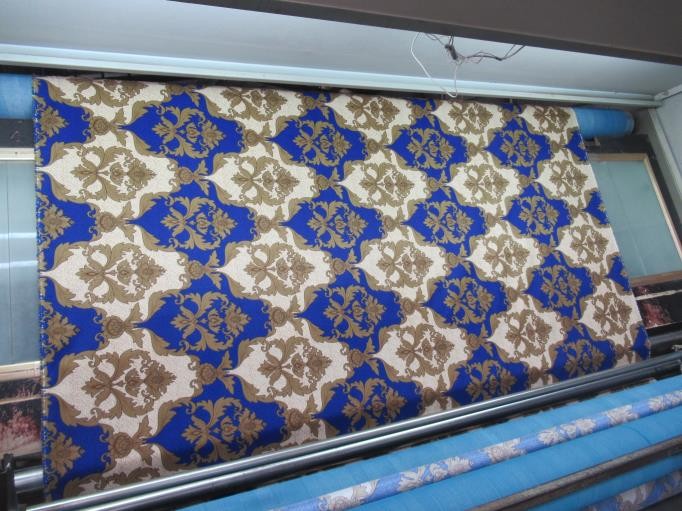
Visual defect checking on the fabric face side.
面料正面检查
Fabric inspection apparatus: A suitable fabric inspection machine providing a flat viewing area and an intermittent speed controlled fabric rewind, or flat table equipped with an unrolling perch. Examination and grading are usually done with overhead direct lighting. The overhead direct lighting source shall be mounted paralleled to the viewing surface so as to illuminate with direct perpendicular impinging light rays. The surface illumination level shall be a minimum of 1075 lux (100 foot candles). The lighting source should be cool white fluorescent tubes/lamps.
面料检验设备:一台能提供一片平整的检验区域以及能调控卷布速度的验布机,或是一 个具有展开杆的检验平台。一般顶部需要配置直接光源用以完成检验和评分。顶部光源应装在与检验台平 行的位置,以便形成垂直的光 检验台表面照度应不小于 1075 lux(100 英尺烛光)。光源应为冷白色荧光灯管/灯。
The inspection machine may be equipped with an option of back light. Technically, it is mandatory of the inspector to turn on the back light if the client requires the usage of the back light in the inspection. The usage of the back light is determined by the inspected fabrics and inspection method if there is not a certain requirement from the client. With regard to most fabric categories, the back light is not necessary to be used in the inspection. However, the inspected fabrics s not in a still status in the progress of using the fabric inspection machine, some fabric defects (e.g. defects that covered by plush or pile, or defects of fine-count fabric) are hard to be detected, therefore, in t Best Practice in the industry, the fabrics as following might be inspected under a condition of tur back light: Fabric with pile / thin fabric with fine yarn including sheer fabric / pure black/ woolen fabric.
验布机可配置供选择的背光灯。严格意义上讲,如果客户要求在检验中使用背光灯,检验员必须开启背光灯。如果客户没有此要求,应根据所验面料和检验方法决定是否使用背光灯。大多数面料在检验中无需使用背光。然而,在使用验布机进行面料检验的时候,所验面料处于运动状态,有些面料的疵点(如:长毛绒或起绒织物面料,面料上的疵点会被绒毛覆盖,高支纱面料上的疵点)很难被发觉。因此,根据行业推荐的做法, 对以下面料的检验推荐使用背光灯:起绒织物/高 支纱轻薄面料包括透明面料/纯黑色面料/羊毛织物。
The inspector can verify whether the back light should be used in the progress of the above-mentioned fabric inspections via the following method:
在上述面料的检验中,检验员可通过如下方法来验证是否需要使用背光灯。
The inspector shall make a comparison of the first inspected roll under conditions of switching on and off the back light alternatively in the inspection.
检验员可在检验第一卷面料时,对使用和不使用背光的情况进行比较 。
1. The usage of the back light will not give rise to an interference of the defects detection of the face side of fabrics.
使用背光不会影响对面料正面疵点的检验。
2. It is conducive to the inspector's discovery of a certain number of hidden defects.
有助于检验员发现一些隐藏的疵点。
Once the two above-mentioned conditions are well-matched, the inspector must switch on the back light as long as the inspector verifies it is indispensable to make use of the back light in the inspection.
一旦符合上述两种情况,验证在检验过程中使用背光灯必不可少,那么检验员必须在检验时开启背光灯。
If the factory is out of the backlight or refuses to provide one, however, the client r quires to switch on the backlight for the inspection, the result shall be "pending".
如果工厂的验布机没有或拒绝提供背光灯, 而客户要求在检验中使用背光灯时,那么检验结果应为“待定”。
The client does not specifically require the involvement of the backlight and the inspected fabrics are under the categories of the ones referred into the above-mentioned best practice, additionally, the inspection of the fabrics is verified to involve the backlight on the basis of the aforementioned met; however, the factory refuses to use the backlight, the result must be "pending".
如果客户在背光灯的使用 没有特殊要求,而所验面料属于上 述推荐使用背光灯的面料种类;而且,根据上述验证方法确定该面料应使用背光灯。可是工厂拒绝在检验中使用 背光灯,检验结果为“待定”。
The client does not specifically require the involvement of the ck light and the inspected fabrics are under the categories of the above-mentioned best practice, additionally, the fabric inspection machine in the factory is without the backlight and the inspector cannot decide whether the backlight shall be involved in the inspection in terms of the aforementioned methods; the situation shall be remarked and never influence the result.
如果客户在背光灯的使用方面没有特殊要求,而所验面料属于上述推荐使用背光灯的面料种类;可是,工厂的验布机没有背光灯,检验员无法根据上述方法判定是否应在检验过程中使用背光灯,那么该情况应作备注但不能影响检验结果。
Unless otherwise agreed upon by the buyer e seller, the fabric is to be examined for defects only on the face side, defects that are not visible on the face of the fabric shall not be counted. Certain types of end-use fabrics may be inspected and graded on both sides as agreed upon between the buyer and the seller.
除非买卖双方另作协定,面料检验只检验正面的疵点,面料正面 肉眼不可见的疵点不计入评分。有些特定种类的面料可根据买卖双方的协定,进行双面检查和评分。
Inspect and grade the selected in accordance with the designated point system. Pass the fabric longitudinally through the inspection area.
根据指定的评分系统对 所选布匹进行检验和评级。使面料纵向通过检验区域。
When inspecting fabric on the inspection machine, there are 2 inspection methods – Type A and Type B of operating the fabric inspection machine.
在验布机上检验面料时,有两种检验方法—方法 A 和方法 B。
Type A is keeping the machine stationary when visually checking fabric defects for the length of approximate 0.9~ 1 yard which i same as the height of flat viewing area on the inspection machine. Visually inspect and identify defect wing distance of one meter or yard away. Once the checking for the length is finished, run the machine to the next 0.9 ~ 1 yard, then stop it for the next checking step. Repeat in this way until the checking for the complete roll is finished.
方法 A:保持验布机静止不动, 肉眼观察面料表面疵点,所检验面料的 长度与验布机检验区域的高度相同,约为 0.9~1 码,检验距离为 1 米或 1 码。对该长度的面料检验完毕后,转动验布机到下一个 0.9~1 码长度的面料,停止机器,进行检验。如此反复操作直至整卷面料检验完毕。
Type B is inspecting fabric at a speed that is compatible with the fabric quality and not exceeding 15 yards per minute. Visually inspect and identify defects from a viewing distance of one meter or yard away while the fabric is in motion. Fabric may be stopped to grade when it is necessary to affirm marginal defects.
方法 B:根据面料的品质,调整验布机的速度使其运动速度在与面料的质量相符的情况下对面料进行检查,机器运转速度应不超过每 分钟 15 码。对处于运动状态的面料进行外观检验并确定疵点,检验距离为 1 米或 1 码。如需确认一些不易辨认的 疵点,可使验布机停止运转并进行评分。
If a fabric inspection machine is not available, in the case of inspecting fabric on a flat table with an unrolling perch for rolled fabric or piece folded and stacked fabric, the factory must provide sufficient personnel to assist the inspector to spread the fabric on the table. The inspector stands at one side of the table or the front of the table. If the fabric width is less than 50”, inspector can stand at side. If fabric width over 50”, inspector must stand at the front of table, have the view to cover the full width of fabric. The fabric passes longitudinally through the table, the inspector visually inspects and identifies defects at one side or in the front of fabric for a length of 1 yard fabric, then the fabric helper draws the fabric to the next 1 yard for checking. Repeat in this way until finishing the checking for the complete roll.
如果没有验布机,需要在带有展开杆的检验平台上对卷起、折叠的面料进行检验时,工厂必须提供足够的人手协助检验员在检验平台上展开面料。检验员站在检验平台的前面或一 侧。面料门幅小于 50 英寸时,检验员可站在检验台一侧,面料门幅大于 50 英寸时,检验员必须站在检验台前, 以确保视野覆盖面料的整个门幅。面料纵向通过检验台,面料长度以 1 码为宜,检验员在面料一侧或前方进行外观检验并做疵点判定,然后助手将面料再拉出 1 码的长度进行检验,如此反复操作直至整卷面料检验完毕。
The primary goal of these inspection methods is to grade fabric rolls/pieces s "First Quality" or "Second Quality"(also referred to as "A" or "B" Quality).
这些检验方法的主要目的是对布匹进行评级,评定为“一等品”或是“二等品”。(也称为“A”档或“B”档)。
To cut full width shade bands (6” to 10” length in fabric longitude) from each inspected roll’s beginning and ends during the fabric inspection process for color shading comparison.
在面料检验过程中,剪取每匹所验面料的全门幅头、尾匹条(面料经向 6 至10 英寸的长度)作为色板用来进行色差比对。
Defects appearing outside of cuttable width shall be disregarded. Classify, count and record all defects on the roll data sheet. Mark defects at selvage by chalk.
可裁门幅以外的疵点不计入评分。在面料检验汇总表中对所有的疵点进行归类,记录和计算,并用粉笔在布边上标出疵点所在位置。
以上是测库验货公司在进行面料检验时面料正面检验的验货标准,对面料检验设备,灯光使用以及面料检验设备的使用作出详细的验货标准。
相关阅读:
